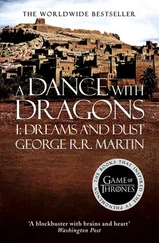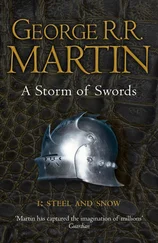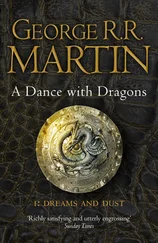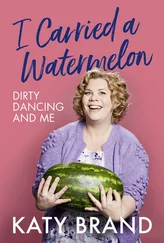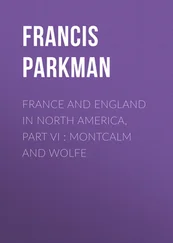Three great love stories that started it all…
Jane Eyre, Pride and Prejudice and Wuthering Heights are three of the greatest novels in English literature. Now joining them is Pride, Prejudice and Popcorn, a decidedly different take on these classics. You will laugh with delight as you learn:
 The importance of thoroughly investigating your employers before accepting a job at their isolated, creepy house (Jane Eyre)
The importance of thoroughly investigating your employers before accepting a job at their isolated, creepy house (Jane Eyre)
 The sad fact that not every bad boy has a heart of gold (Wuthering Heights)
The sad fact that not every bad boy has a heart of gold (Wuthering Heights)
 How to make a proper proposal—and how not to. Hint: don’t insult your beloved while attempting to talk her into marriage! (Pride and Prejudice
How to make a proper proposal—and how not to. Hint: don’t insult your beloved while attempting to talk her into marriage! (Pride and Prejudice
Join blogger and romance aficionado Carrie Sessarego ( smartbitchestrashybooks.com) as she takes us to the movies with Jane and Liz and Cathy. In her own unique, hilarious style she discusses the books and the various movie and TV adaptations. Your living room will be graced by heartthrobs like Timothy Dalton (twice!), Colin Firth (he shows up twice, too!), Michael Fassbender and Tom Hardy.
Whether you are in the mood for serious academic discussion or lighthearted snark, whether you prefer Regency romance or Gothic passion, and whether you prefer your love stories on the screen or on the page, this book has something for you.
Pride, Prejudice and Popcorn
Carrie Sessarego

Mills & Boon E POP!
www.millsandboon.co.uk
Before you start reading, why not sign up?
Thank you for downloading this Mills & Boon book. If you want to hear about exclusive discounts, special offers and competitions, sign up to our email newsletter today!
SIGN ME UP!
Or simply visit
signup.millsandboon.co.uk
Mills & Boon emails are completely free to receive and you can unsubscribe at any time via the link in any email we send you.
To three generations of inspiring women: Phoebe, Mary and Linden. And to Glen, who always said I could.
Introduction
Part I: Jane Eyre: In Which Self-Respect Conquers All
Jane Eyre: The Book
The Big Picture
The Adaptations
The Final Scorecard
Part II: Pride and Prejudice: In Which Two People Learn Not to Trust Their First Impressions—and Society Is Much Pleased With the Result
Pride and Prejudice: The Book
The Big Picture
The Adaptations
The Final Scorecard
Part III: Wuthering Heights: Oh, There’s a Romance—but It’s not the One You’re Thinking Of
Wuthering Heights: The Book
The Big Picture
The Adaptations
The Final Scorecard
Part IV: They All Lived Happily Ever After (Unless They Were in Wuthering Heights): Final Comparisons and Conclusions
Part V: Special Features
Behind the Scenes with Charlotte Brontë
Behind the Scenes with Jane Austen
Behind the Scenes with Emily Brontë
Trivia
Playlist—Unofficial Music Connections
Part VI: Roll Credits
Acknowledgements
Bibliography
About the Author
Great books are notable for the fact that your relationships with them as a reader change over time. My relationships with Jane Eyre, Pride and Prejudice and Wuthering Heights have changed dramatically as I’ve viewed the books through different philosophies and life experiences. They’ve also changed as I’ve watched film adaptations of the books. Some of these adaptations were marvelous, and some were dreadful, but all of them taught me something important about the books.
My relationship with Jane Eyre started when I was about ten years old. I had an aunt (a kind one, who in no way resembled Mrs. Reed) who had a lot of books. I used to crawl between the back of an easy chair and the floor-length window curtains and read. I read adult books because that’s what this aunt had on her shelves. So Jane and I became friends when I opened a book that had interesting pictures, only to discover another girl in the book’s pages, one who was about my size, and who was, likewise, hiding at the window with a book that was difficult to read but had good illustrations.
Jane and I grew up together, and as I became older, I became more interested in the romance. As a young woman, I tried to decide whether or not Rochester was a worthy hero, and I admired Jane for her determination to be free and respected. My relationship with Jane (the book) has become more analytical and critical as I’ve gotten older. I see it through a lens of class, gender, religion and my own more mature view of human relationships. My relationship with Jane (the character) remains fiercely loyal. My relationship with Jane, the book, and Jane, the character, began as a profoundly personal one, and it has stayed that way through thirty years of annual readings. Watching film adaptations of Jane has only reinforced this, even as it has highlighted things that I often overlooked—Jane’s longing to be part of a family, for instance, and how very, very cruel the manipulations of Rochester are. My ire is relentless against any adaptation that fails to address the power of Jane’s spirit and her refusal to settle for anything that undoes her self-respect. My admiration for any adaptation that gets it right is boundless!
My relationship with Pride and Prejudice began in high school when I had to read it for English class. Dear readers, it pains me to tell you that my plaintive complaint to my teacher was, “This book is boring! Nothing happens!” I perked up quite a bit when Lydia ran off with Wickham, but I must admit that Pride and Prejudice seemed dry to me for many years after. Like Charlotte Brontë, I felt that it was passionless and constrained:
I had not seen “Pride and Prejudice,” till I read that sentence of yours, and then I got the book. And what did I find? An accurate daguerreotyped portrait of a common-place face; a carefully fenced, highly cultivated garden, with neat borders and delicate flowers; but no glance of a bright, vivid physiognomy, no open country, no fresh air, no blue hill, no bonny beck. I should hardly like to live with her ladies and gentlemen, in their elegant but confined houses (Juliet Barker, “Letter from Charlotte Brontë to G. H. Lewis” In The Brontës, Wild Genius on the Moors [New York: Pegasus Books, 2012], 724–725)
What kept me interested in Pride and Prejudice was the passion of its fans. Much of my reading and writing involves fantasy and science fiction, and as a passionate fan of these genres, I am never more at home than I am when attending a Renaissance Faire or a science-fiction convention. Likewise, the serious Jane Austen fans, with their Regency Ball reenactments, fit right in to the idea that you can love something so passionately that you want to recreate it as closely as possible, as frequently as possible, with like-minded people. This kept me going back to the book, and every time I read it I liked it a little more, but I still didn’t really get what all these people were so excited about.
For me, it was the film adaptations of Pride and Prejudice that opened up the book to me. My husband and I were watching one of the adaptations (I think Colin Firth had just come out of the lake) when he (my husband, not Colin Firth, although it’s easy to confuse them) said, “You know, this is just like science fiction. There’s an alien society, and it operates under a rigid social code, with a rigid hierarchy—one that we don’t fully understand. And they speak in this alien language, and everything is in code, so you have to work really hard to understand what’s going on.”
Читать дальше
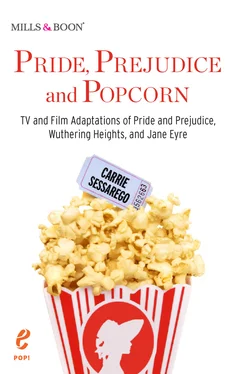
 The importance of thoroughly investigating your employers before accepting a job at their isolated, creepy house (Jane Eyre)
The importance of thoroughly investigating your employers before accepting a job at their isolated, creepy house (Jane Eyre)







